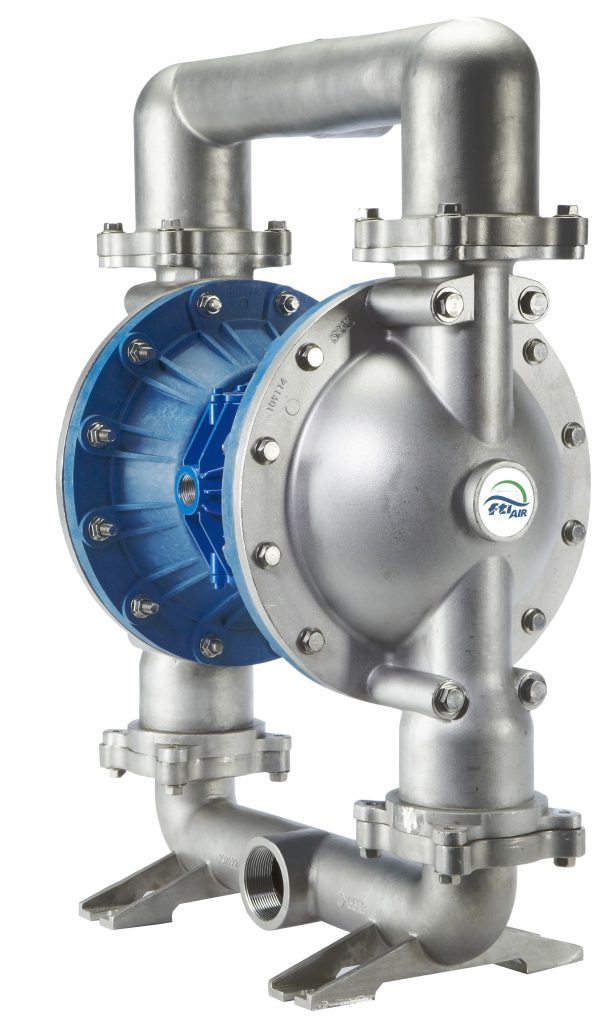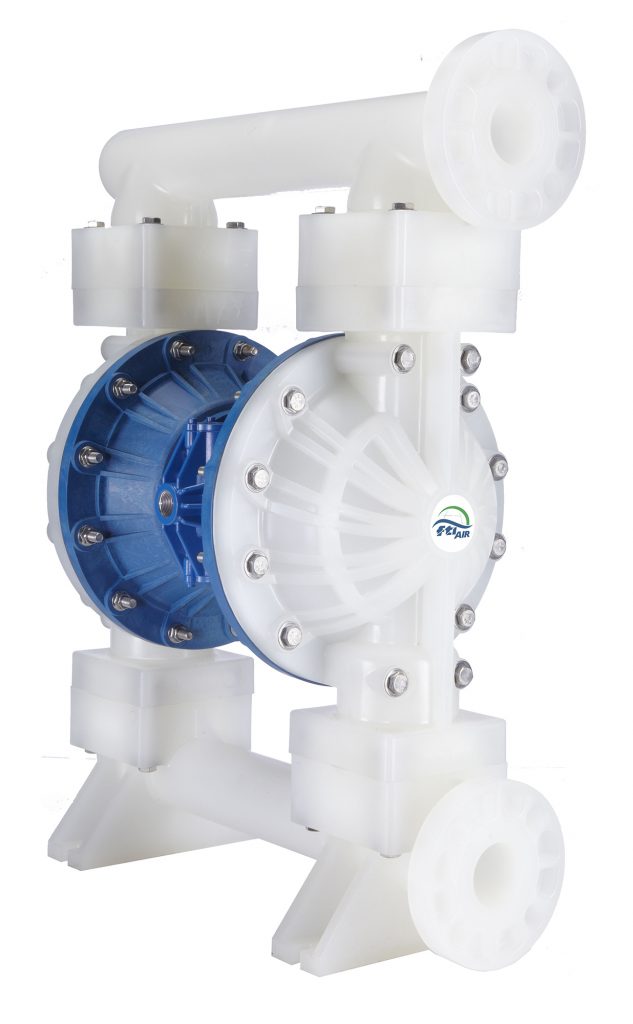Hayti, PA Drum Pumps

Hayti, PA Air-Operated Diaphragm Chemical Pumps and Their Applications
An Air Operated Diaphragm Chemical Pump is a type of positive displacement pump that uses a combination of compressed air and an elastic diaphragm to move chemical liquids. This type of pump is often used in industrial settings, such as chemical processing plants and water treatment facilities, due to its ability to handle high flow rates and corrosive materials. It’s also known for its superior design, as it can run dry without causing damage, making it more reliable than other types of pumps.
These pumps are highly versatile and have a wide range of applications. They are often used in the chemical, pharmaceutical, and food industries, as well as in industrial, agricultural, and water treatment operations. Air Operated Diaphragm Chemical Pumps can be used to transfer, meter, or dispense low to high-viscosity fluids and chemicals while providing precise, accurate flow rates with minimal maintenance.

Hayti Air-Operated Diaphragm Chemical Pump Designs & Their Advantages
Fluid-handling devices that employ air pressure to transfer fluids include air operated diaphragm chemical pumps. They are available in several designs, including single- and double-diaphragm models, ball valve layouts, and nonmetallic wetted component setups. These pumps are adaptable and reasonably priced. They can tolerate caustic or abrasive fluids, have high flow rates, and can prime themselves.
They can be used even if the liquid levels change because they are self-priming and can run dry without causing damage. Additionally, they require relatively little maintenance and can deliver a constant flow rate. Last but not least, because these pumps are air-operated, they are simple to install and use a small amount of electricity.

MSDB SERIES - MAGNETIC DRIVE, SEALLESS, Hayti CENTRIFUGAL PUMPS
- Two stage versions contain two impellers, three stage versions contain three impellers
- Minimum flow rate is 1 gpm (.23m3/h)
- Engineered for corrosive fluids with polypropylene/Ryton© or PVDF/Ryton© construction
- Heads up to 300 feet (91.5m)
- Horizontal or vertical (with IEC motor only) installation
- Compact close-coupled design
- Maximum working pressure up to 135 PSI (9.3 bar)
- High specific gravity handling – over 1.8
- High power neodymium magnetic drive system handles high specific gravity fluids
- Sealless design improves reliability with no seal maintenance to perform or seal leaks
Hayti, PA Small Centrifugal Pumps and How They Work
Centrifugal pumps use a rotating impeller to move fluid through a system. This impeller, which is a disk with vanes or blades attached to it, is driven by a motor and the rotation exerts a centrifugal force that causes the fluid to move away from the center of the disk. Due to the difference in pressure caused by this movement, the fluid is drawn into the pump and moved through the system. In addition to transferring fluids, these pumps can be utilized to transport gases.

Choosing the Correct Drum Pump in Hayti PA
When selecting the ideal drum pump for a specific use, there are several factors that should be taken into account. These factors include:
- Power source: Choose a pump that will meet the demands of your application and the type of power source you have available.
- Price: Establish your spending limit and select a pump that satisfies your requirements at a cost you are comfortable paying.
- Safety considerations: Pick a pump that complies with applicable safety regulations and is suitable for the unique dangers prevalent in your application. Make sure the pump is explosion-proof, for instance, if you are transporting explosive liquids.
- Volume and flow rate: Consider both the volume and flow rate of the liquid you need to move. Ensure that the drum pump you select has a flow rate that meets your requirements.
- Compatibility with the medium being transferred: Different models of drum pumps are specifically designed to handle different types of liquids. It is crucial to select the pump that is compatible with the type of liquid you need transported, as some liquids or chemicals can be too abrasive or viscous to work with certain models.
- Size and weight: Take into account the size and weight of both the pump and the drum or other container from which you will be transferring the liquid. Verify that the pump can fit inside the drum and is not too heavy to handle.

